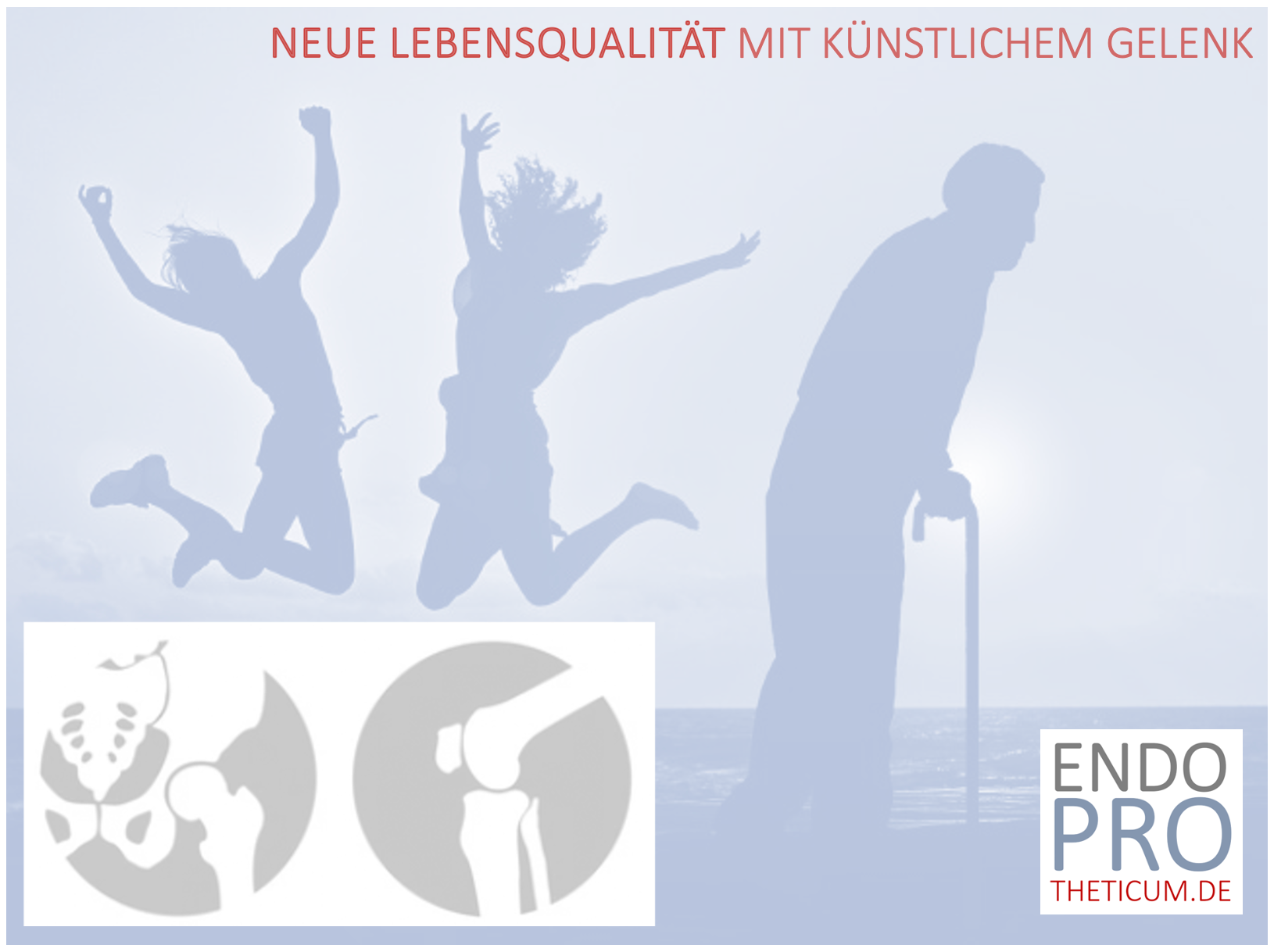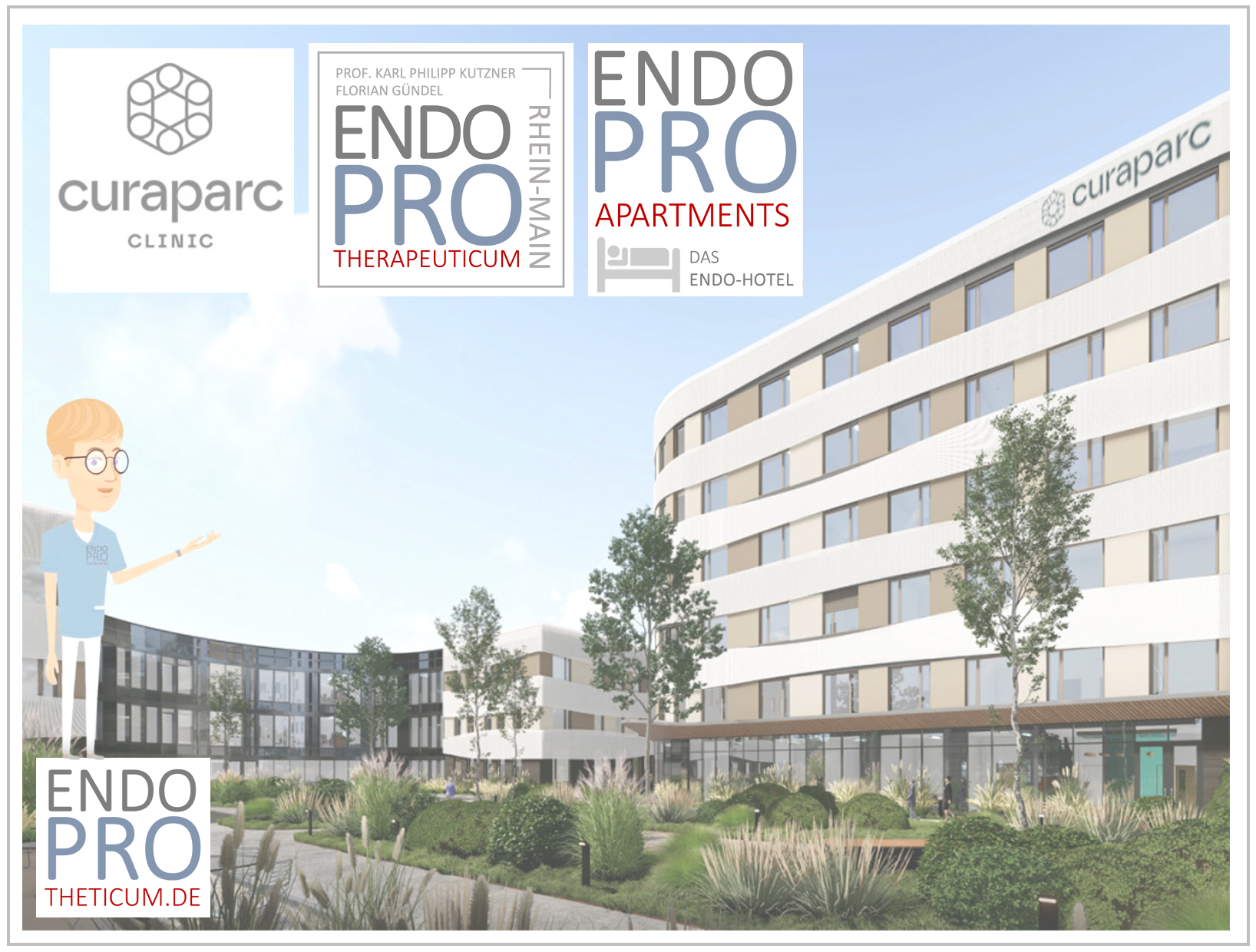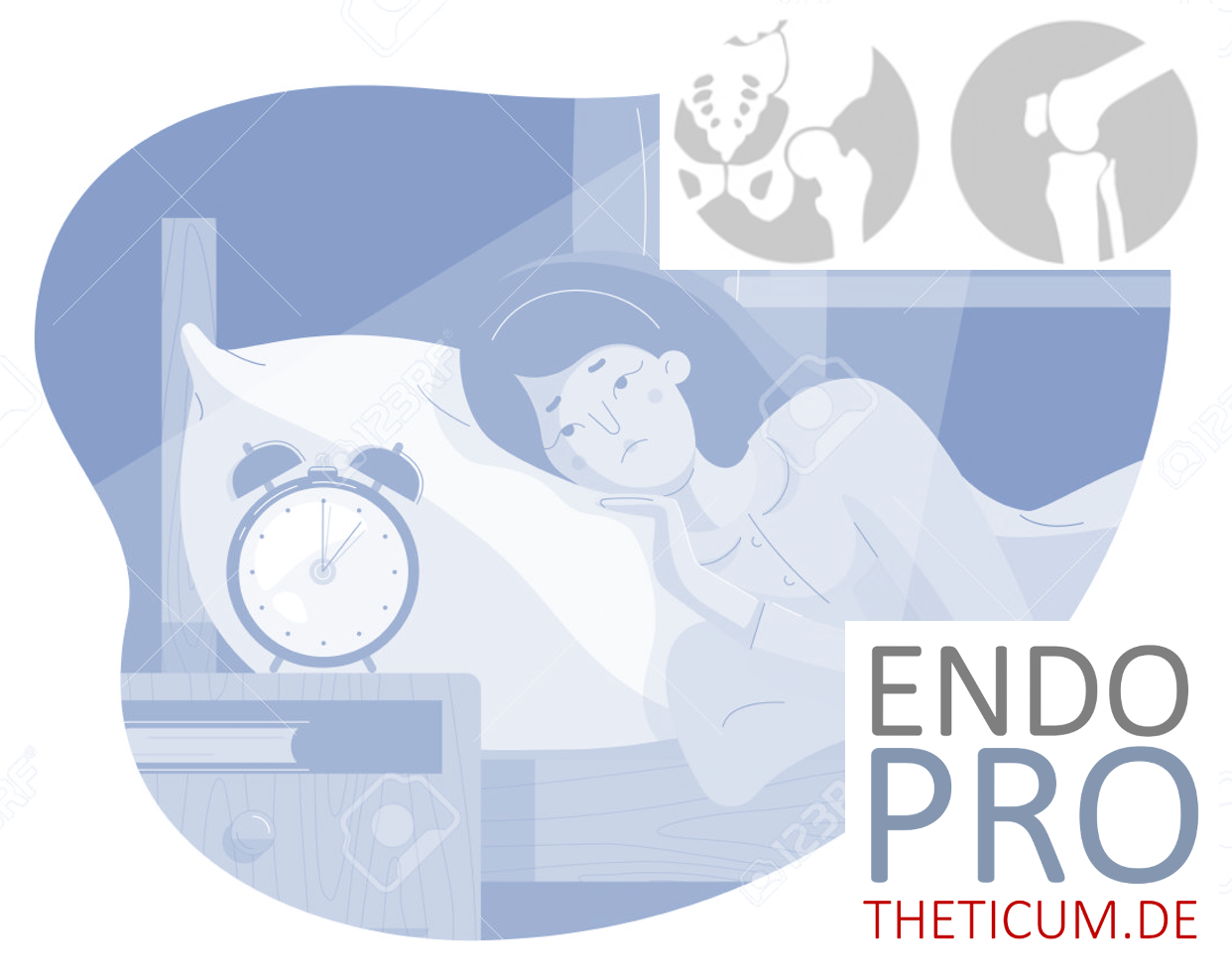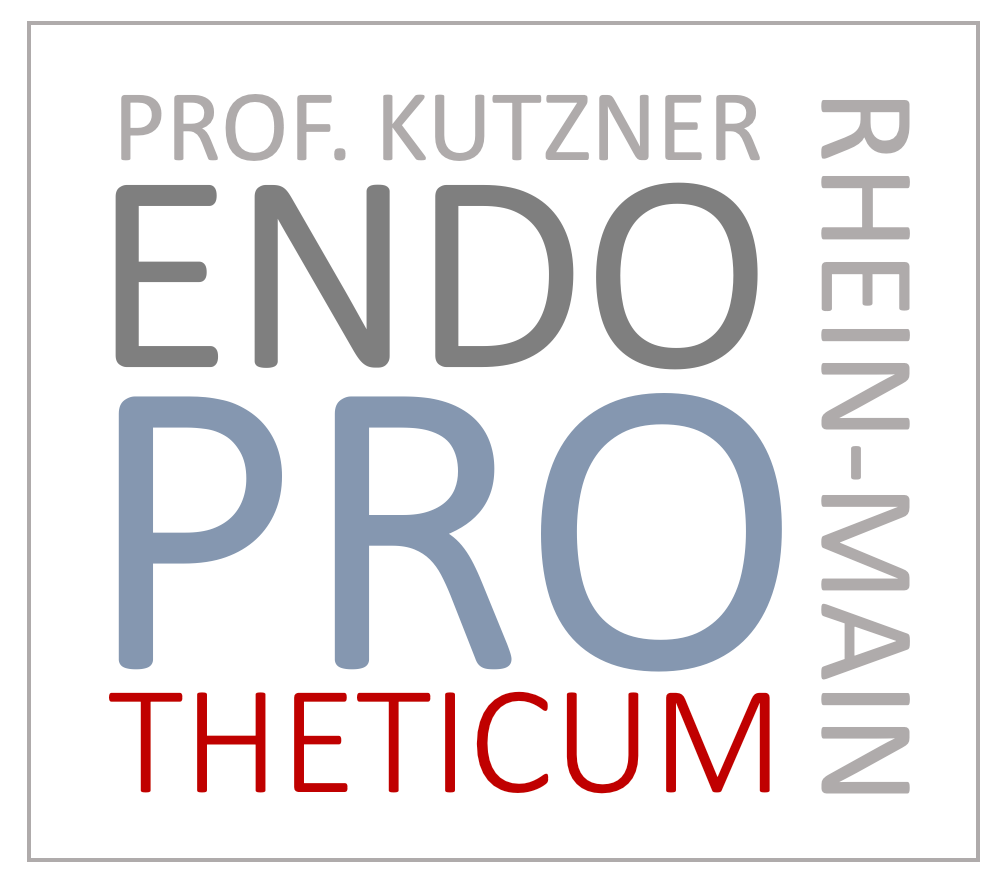Only 90 degrees of flexion after THA: Is that really necessary?
The 90 degree rule after total hip replacement is outdated
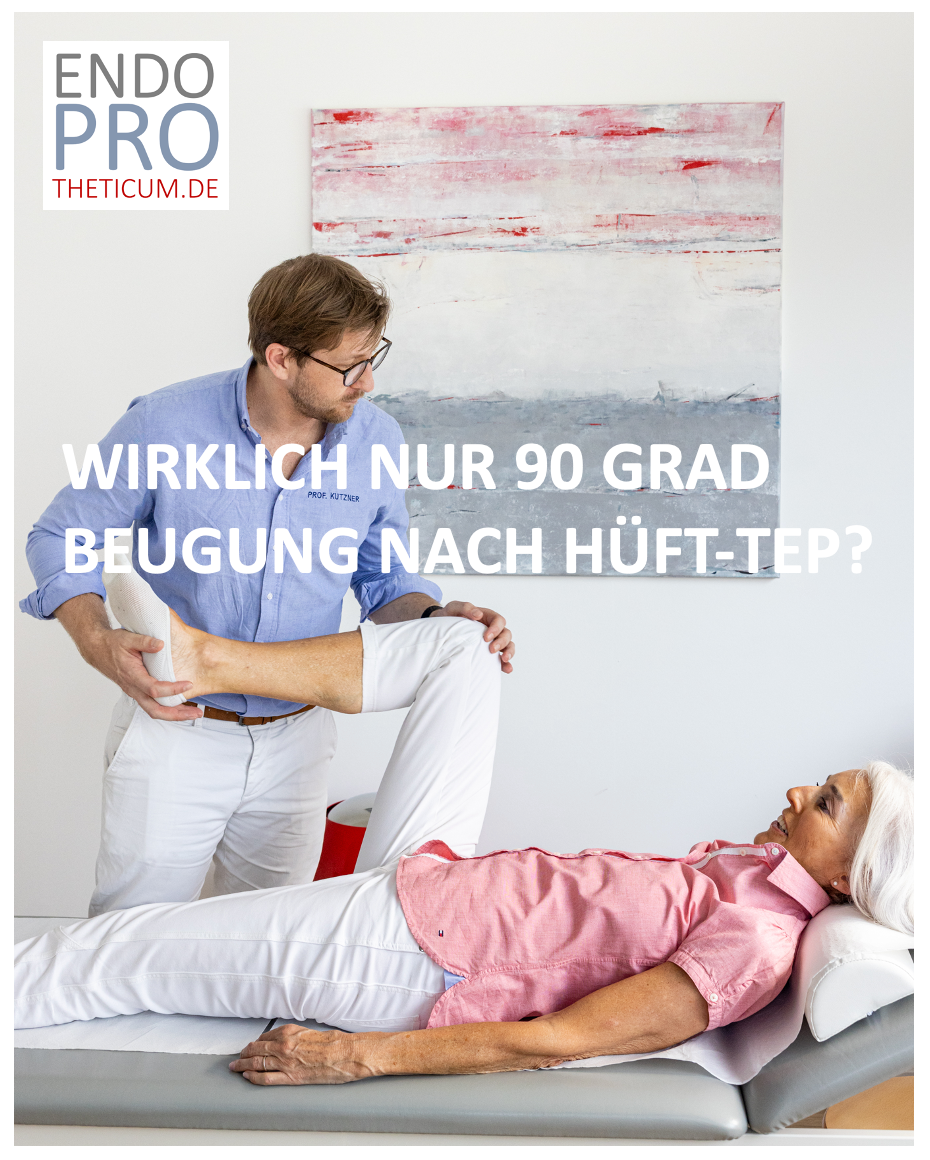
Total hip arthroplasty (THA) is a common surgical procedure that can provide patients with serious hip problems with a significant improvement in their quality of life. However, after surgery, there are numerous recommendations and restrictions that patients should follow to ensure a successful recovery. One of these recommendations is the so-called 90 degree rule, which states that patients should not bend their hip joint beyond a 90 degree angle. But is this rule really still necessary today? In this blog post, we will examine this question in detail, including medical background, postoperative guidelines, and new developments in hip arthroplasty.
Why the 90 degree rule after total hip replacement?
The 90 degree rule after THA surgery is a preventative measure aimed at minimizing the risk of dislocation of the new hip joint. A dislocation occurs when the femoral head pops out of the socket, which is extremely painful and requires immediate medical attention. Orthopedists and surgeons still recommend adhering to this rule, especially in the first few months after the operation, as the tissue around the new joint is still supposedly healing and needs to be stabilized.
Reducing the risk of dislocations after total hip replacement
Hip dislocation is a serious complication that can occur in patients undergoing THA. This occurs when the femoral head slips out of the socket, which is extremely painful and in many cases requires further surgery. Adhering to the 90 degree rule significantly reduces this risk because it prevents the joint from being placed in a position that could promote dislocation.
Postoperative period and rehabilitation
After a total hip replacement, the postoperative phase is crucial for the success of the operation. In the first few days and weeks after the procedure, it is important to avoid certain stresses that could overstress or destabilize the new joint. From the past, the recommendation to avoid excessive flexion of the hip joint continues to be a frequently formulated restriction. The 90 degree rule is intended to help prevent harmful movements and ensure safe healing.
Early phase after total hip replacement
In the immediate postoperative period, rehabilitation measures often focus on managing pain, preventing thrombosis, and restoring mobility. In addition, patients are often given specific instructions about movements they should avoid, including bending the hip joint beyond 90 degrees. Many physiotherapists still work with this rule to ensure that no dislocation occurs.
Postoperative guidelines in the past
- Movement Restrictions: Avoid bending the hip beyond 90 degrees, crossing the legs, and turning the leg inward or outward.
- Sleeping Position: Sleep on your back with a pillow between your legs to ensure proper hip alignment.
- Sitting Habits: Use high chairs and avoid low seating that may require deep hip flexion.
Techniques for everyday life in the past
In addition to the targeted exercises, there are also various techniques and aids that can help patients adhere to the 90 degree rule in everyday life. This includes:
- Ergonomic seating: Chairs and armchairs with a higher seat help prevent the hip joint from bending too much.
- Reaching aids: Devices that allow objects to be picked up from the floor without bending over.
- Dressing aids: Special aids that make it easier to put on socks and shoes without bending the hips.
Advances in recent years often make the 90 degree rule unnecessary!
However, with advances in hip arthroplasty over the last 10 years, conditions have changed noticeably. In particular, the use of short-shaft prostheses and minimally invasive approaches (ALMIS and AMIS) allows patients after total hip replacement to start the rehabilitation phase much more safely and in many cases without significant restrictions.
Some recent studies and reports suggest that individually tailored rehabilitation that is not strictly tied to the 90 degree limit can also lead to successful results. This view is based on the assumption that modern surgical methods and improved prosthetic technologies enable greater freedom of movement.
Critical voices on the necessity of the rule
Some professionals and patients argue that the 90 degree rule may be overly cautious and not necessary in all cases. They suggest that rehabilitation should be more individualized to meet the needs and abilities of each individual patient.
- Prof. Kutzner, ENDOPROTHETICUM: "While the 90 degree rule is useful for many patients, we should also consider flexible approaches that take into account advances in prosthetics and individual healing trajectories."
- Patient: "I didn't follow the 90 degree rule so strictly, I was able to carry out almost all movements very quickly without pain and still had a successful recovery. My physiotherapist helped me create a rehabilitation plan tailored to my needs."
Scientific studies and research results
There are some studies that question the necessity of the 90 degree rule. These studies show that patients with more modern prostheses and surgical methods may require less severe movement restrictions.
Effects of the choice of short-stem prostheses on the 90 degree rule
(see also: " Luxation of the hip prosthesis - short-shaft prostheses offer more safety ")
With advances in arthroplasty, short-stem prostheses have become a popular choice, particularly among younger and more active patients. These prostheses differ from conventional long-stem prostheses in their design and the way in which they are anchored in the femur. The question arises as to how the use of short-stem prostheses affects the postoperative rehabilitation phase, particularly the 90-degree rule.
What are short-stem prostheses?
Short-stem prostheses are hip implants that have a shorter shaft that is inserted into the femur. These prostheses are less invasive and require less bone removal than traditional long-stem prostheses. They are designed to better mimic the natural anatomy and biomechanics of the hip joint.
Advantages of short-stem prostheses:
- Preservation of bone mass: Less bone removal means more bone mass is preserved, which is particularly beneficial for future revisions.
- Faster recovery: Patients often report faster recovery and less postoperative pain.
- Better mobility: The natural biomechanics of the hip are better preserved, resulting in better range of motion.
Effects on the 90 degree rule
The choice of a short-stem prosthesis can have various implications for compliance with and necessity of the 90-degree rule. These effects can be both positive and negative and depend largely on the individual situation of the patient and the recommendations of the treating doctor.
Potential Benefits:
- Lower risk of dislocation: Some studies suggest that short-stem prostheses have a lower risk of dislocation because they better preserve natural anatomy and are more stable. This could mean that strict adherence to the 90 degree rule may be less critical.
- Faster Rehabilitation: Due to the less invasive nature of the surgery and faster recovery, patients may be able to begin resuming normal activities sooner, allowing for a gradual relaxation of the 90 degree rule.
Challenges and Considerations:
- Individual adjustment: Although short-stem prostheses potentially offer greater freedom of movement, it is still important that rehabilitation is individualized. Not every patient can or should relax the 90 degree rule immediately.
- Long-term stability: The long-term stability and functionality of the prosthesis must be taken into account. Even though the short-stem prosthesis offers advantages, the 90 degree rule should be strictly adhered to in the first postoperative months to ensure safe healing.
Studies and expert opinions
Some scientific studies and expert opinions support the notion that short-stem prostheses may facilitate rehabilitation and may require less strict adherence to the 90 degree rule.
- Dislocation Rate Study: A study published in the Journal of Arthroplasty showed that patients with short-stem prostheses had a lower dislocation rate compared to those with traditional long-stem prostheses. This suggests that the biomechanical advantages of the short stem prosthesis contribute to a more stable hip.
- Expert opinion: Prof. Kutzner explains: "Short-stem prostheses offer significant advantages in terms of preserving bone structure and postoperative results. The importance of the 90 degree rule in the first few weeks after surgery to ensure safe healing has significantly decreased "However, any relaxation of the rule should be done under close medical supervision and communication."
Conclusion and recommendations
The use of short-stem prostheses can facilitate postoperative rehabilitation after total hip replacement surgery and allow for relaxation of the 90-degree rule. However, it is critical that these adjustments are made individually, based on the specific healing process and under the guidance of the treating physician and physical therapist.
Recommendations for patients with short-stem prostheses
- Get individual advice: Talk to your orthopedic surgeon and physical therapist about the specific benefits and risks associated with your short-stem prosthesis.
- Gradual relaxation: If your healing is going well and your doctor agrees, you may be able to gradually relax the 90 degree rule early on. However, this should always be done under medical supervision and based on your individual progress.
- Long-term aftercare: Regular check-ups with your orthopedist are important to monitor the stability of the prosthesis and ensure that no complications occur.
Effects of the choice of minimally invasive approaches on the 90 degree rule
(see also: " Comparison of minimally invasive (ALMIS and AMIS) and traditional hip approaches ")
In hip arthroplasty, minimally invasive surgery (MIS) has established itself as a popular alternative to conventional surgical methods. This technique aims to reduce access to the hip, minimize muscle and tissue damage, and allow for faster recovery. The choice of a minimally invasive approach has significant implications for postoperative rehabilitation and the need for the 90 degree rule.
What are minimally invasive approaches (ALMIS and AMIS)?
Minimally invasive approaches to hip replacement surgery involve smaller incisions and less trauma to the surrounding muscles and soft tissues compared to traditional procedures. The best-known minimally invasive approaches include the anterior (AMIS) and the anterolateral (ALMIS).
Advantages of minimally invasive approaches:
- Smaller incisions: Reduction of incision size to 8-10 cm, compared to 15-20 cm with traditional methods.
- Less muscle trauma: protection of the muscles by avoiding cutting or pulling the muscles apart over large areas.
- Faster recovery: Patients report less pain and a quicker return to normal activities.
Effects on the 90 degree rule
Choosing a minimally invasive approach can have various positive effects on the postoperative period and compliance with the 90 degree rule. These techniques can in many cases reduce the need for strict adherence to the rule as they minimize the risk of dislocation and other complications.
Potential Benefits:
- Lower risk of dislocation: Due to the gentle surgical method and muscle preservation, the hip joint may be more stable, which can reduce the risk of dislocation.
- Faster Mobilization: Patients can be mobilized more quickly, which can allow for an earlier return to normal movements, including a potential relaxation of the 90 degree rule.
Challenges and Considerations:
- Individual variability: Despite the advantages, the healing process can vary from person to person, and in individual cases it may be important to adhere to the 90 degree rule during the first few weeks after surgery.
- Gradual adjustment: Even with minimally invasive approaches, if in doubt, adjustments to the 90 degree rule should be made gradually and under professional guidance.
Studies
Several studies have examined the benefits of minimally invasive approaches and confirm that these techniques can facilitate postoperative rehabilitation.
- Postoperative Recovery Study: A study in the Journal of Bone and Joint Surgery found that patients who underwent surgery using a minimally invasive anterior approach experienced faster recovery and less postoperative pain. This resulted in a quicker resumption of normal activities.
- Expert opinion: Prof. Kutzner explains: "Minimally invasive approaches offer significant advantages in terms of recovery. The 90 degree rule in the first few weeks after the operation therefore no longer has to be strictly adhered to in many cases. A relaxation of the rule but should be communicated accordingly individually."
Conclusion and recommendations
Minimally invasive approaches to hip arthroplasty offer many advantages, including faster recovery and reduced risk of dislocation. These benefits may help reduce the need for strict adherence to the 90 degree rule, especially after the first few weeks of rehabilitation. However, it is critical that any adjustment to the rule be made under medical supervision to ensure safe and successful healing.
Recommendations for patients with minimally invasive approaches:
- Consult your doctor: Discuss the specific benefits and potential risks of the minimally invasive approach with your surgeon.
- Gradual Loosening: Work closely with your physical therapist to gradually increase range of motion while ensuring the joint remains stable.
- Regular check-ups: Visit your doctor regularly to monitor healing progress and make adjustments to rehabilitation measures.
Conclusion: Is the 90 degree rule really necessary?
There is no general answer to the question of whether the 90 degree rule is really necessary after a total hip replacement. It depends on various factors, including individual healing, the type of prosthesis used and the recommendations of the treating doctor. It is important that patients follow the guidelines of their doctors and physiotherapists carefully and always seek professional advice if they are unsure. However, the strict communication of the 90 degree rule is now outdated and should be done individually.
Conclusion
The 90 degree rule after THA has historically played an important role in preventing dislocations and supporting safe healing. While this rule is a valuable guideline for many patients, there are also arguments in favor of a more individualized approach to rehabilitation. Ultimately, patients should work closely with their doctors and physical therapists to develop the best rehabilitation plan for their specific needs.
Recommendations for patients
- Follow your doctor's instructions: Your individual recommendations are based on your specific situation and should therefore be a priority.
- Work with a physical therapist: An experienced physical therapist can help you learn appropriate exercises and techniques without stubbornly referring to the 90 degree rule.
- Aids: In many cases, aids (ergonomic seating, gripping aids and other aids) are no longer necessary after THA. Talk to your treating surgeon.
- Stay active and patient: Regular exercise and exercise are important for your recovery, but it is equally important to be patient and give your body the time it needs to heal.
MAKE AN APPOINTMENT?
You are welcome to make an appointment either by phone or online .










